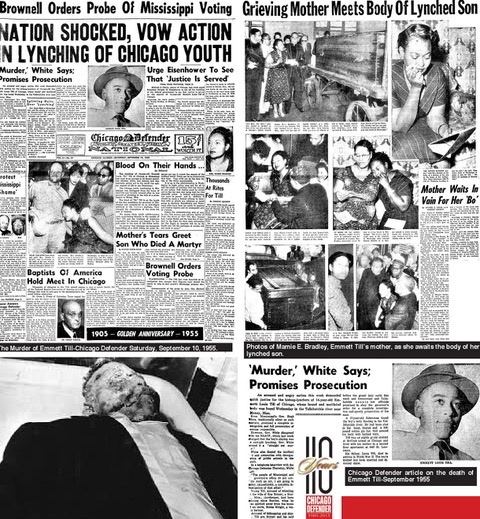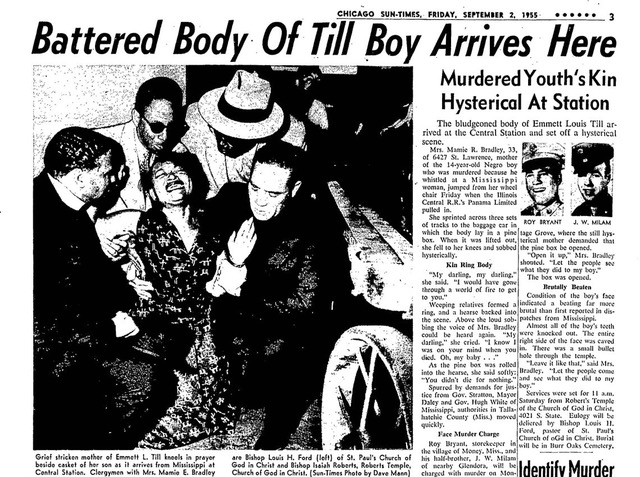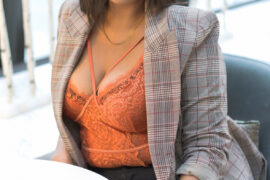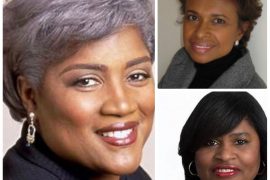In a recent episode of N’DIGO STUDIO, we delved into the enduring impact of Emmett Till’s tragic murder. We heard from Mr. Wendell O’Neal, Dr. Wayne Watson, and the late Clarence Woods, who were boys around Till’s age at the time. Their firsthand accounts shed light on how this event not only catalyzed the Civil Rights Movement but also profoundly affected Black youth like themselves for years to come.
Wendell and Wayne were 20 years old at the time of Emmett’s death; Clarence was 15 years old. Rosa Parks herself cited Till’s death as a driving force behind her historic act of defiance on a bus. The legacy of this incident resonates beyond history books – it hit home for countless young Black men in profound ways.
White Press….

In doing research preparing for the program, I researched major mainstream newspapers to determine how they covered the story.
This is how the story was described in 1955:
(Florida State Universities Libraries Archive)
“Body of Negro Found in River”
“Slain Youth Body Seen By Thousands”
” Mississippi Jury Accused in Youth’s Killing”
“ Report on Slaying Due”
” Boy Murdered”
” Boy’s Mother Not Surprised”
My point is the White Press did not give Emmett Till a name. He was the boy from Chicago.
He was the youth who got killed in Mississippi. He was murdered. His death was tragic and horrendous but not fully described.
Black Press…


It was the Black Press that identified Till with a name. It was the Chicago Defender that broke the Till story in full detail. It was Jet magazine who showed his tortured body to the world. The white press said the photo of the battered body was too dramatic for its readers, who would find the photo offensive. Some of the major press in the South did not even carry the Till story. The story was ignored.
There were no names. This is a prime example of racism in the press. Emmett Till had no name when he was murdered on August 8, 1955.

This factor still exists today. When a Black person is killed, he is identified by his age, but too often nameless. It is still by his age rather than his name.
The headline of the lead of the story still reads:
“Four Killed on the West Side”
“Five-year-old Girl Murdured in Car”
“Boy in Englewood Shot”
“Girl Missing, Found Killed in Car”
The murdered have no name. They may have age, but no name. How does the news media know an age before a name? This is still a factor of racism in the media. It is disregard and disrespect.
Before a murder is cited by news media, the person should have a name. The next time you see a story on television or in the press and there is no name, call the editor, call the newsroom, and request a name.


The census identified slaves exclusively as property until the Civil War. They had no name. The slaves had occupations but no names. They were identified as property but had no name. They were washerwoman, cooks, field hands, stable boys, and house slaves, but no names. Respected Blacks had nicknames such as Auntie, Uncle, Preacher, Mammie, Girlie, and Boy, for example. But no name. The slave was a “thing” or a “worker,” a piece of property.
It was in 1879 that the census included African Americans (Negroes or Mulattos) by name with the main of the population, an official record with a surname for former slaves. The names were and from the slave master. The slave took on the slave master’s name.
There should be a rule that news media, before reporting on a person, should know the name of the person being reported on. Name before age.
My point is that people should be identified by name.






